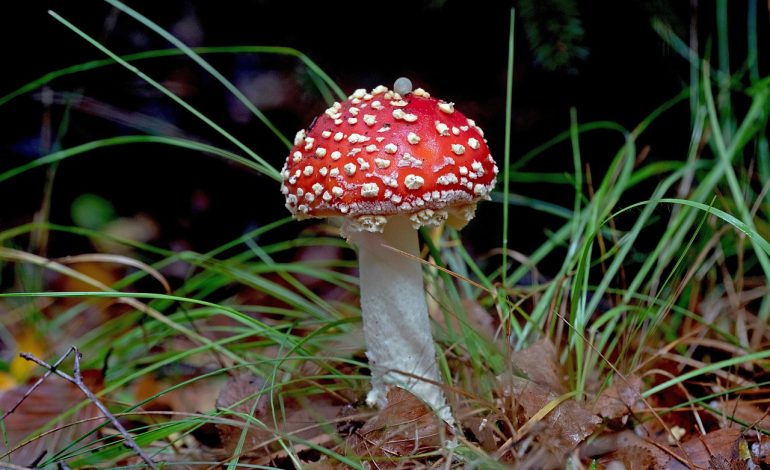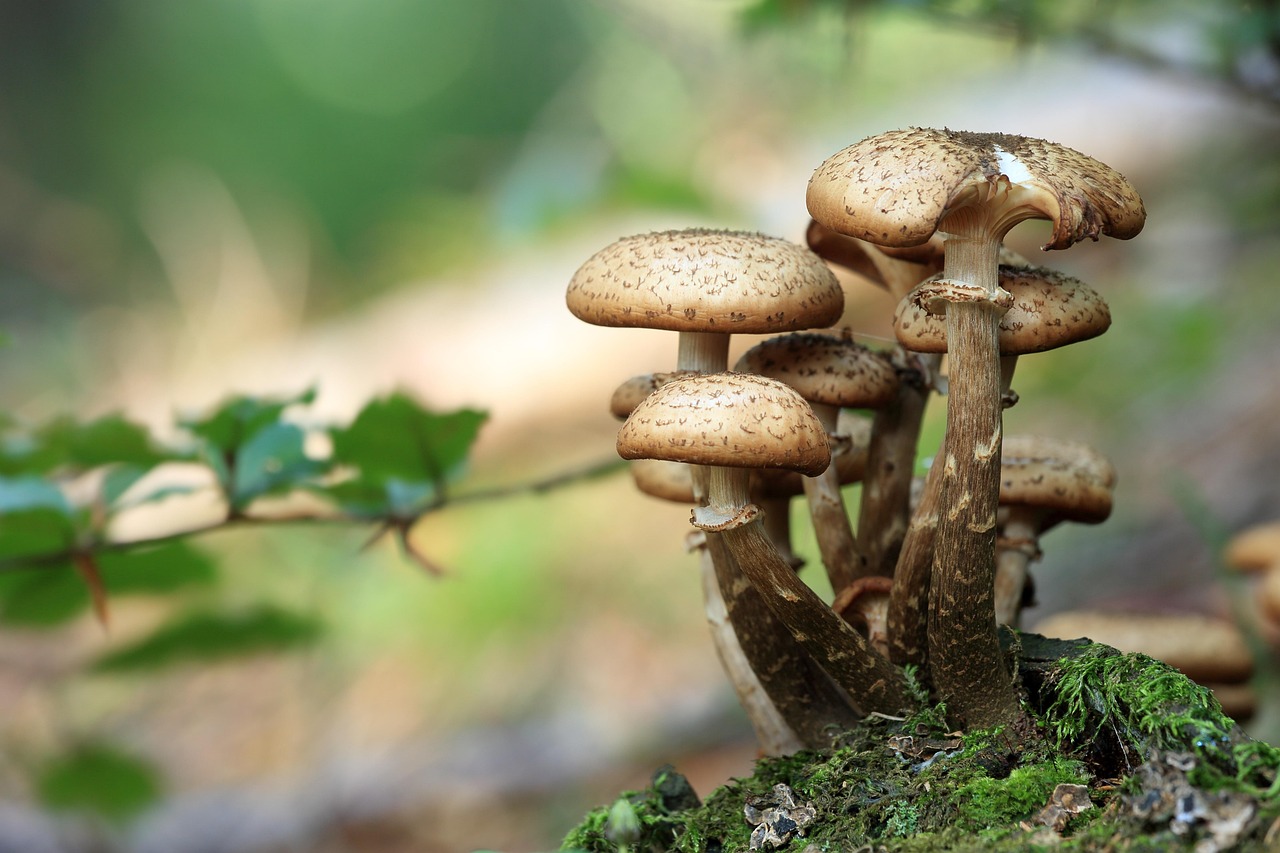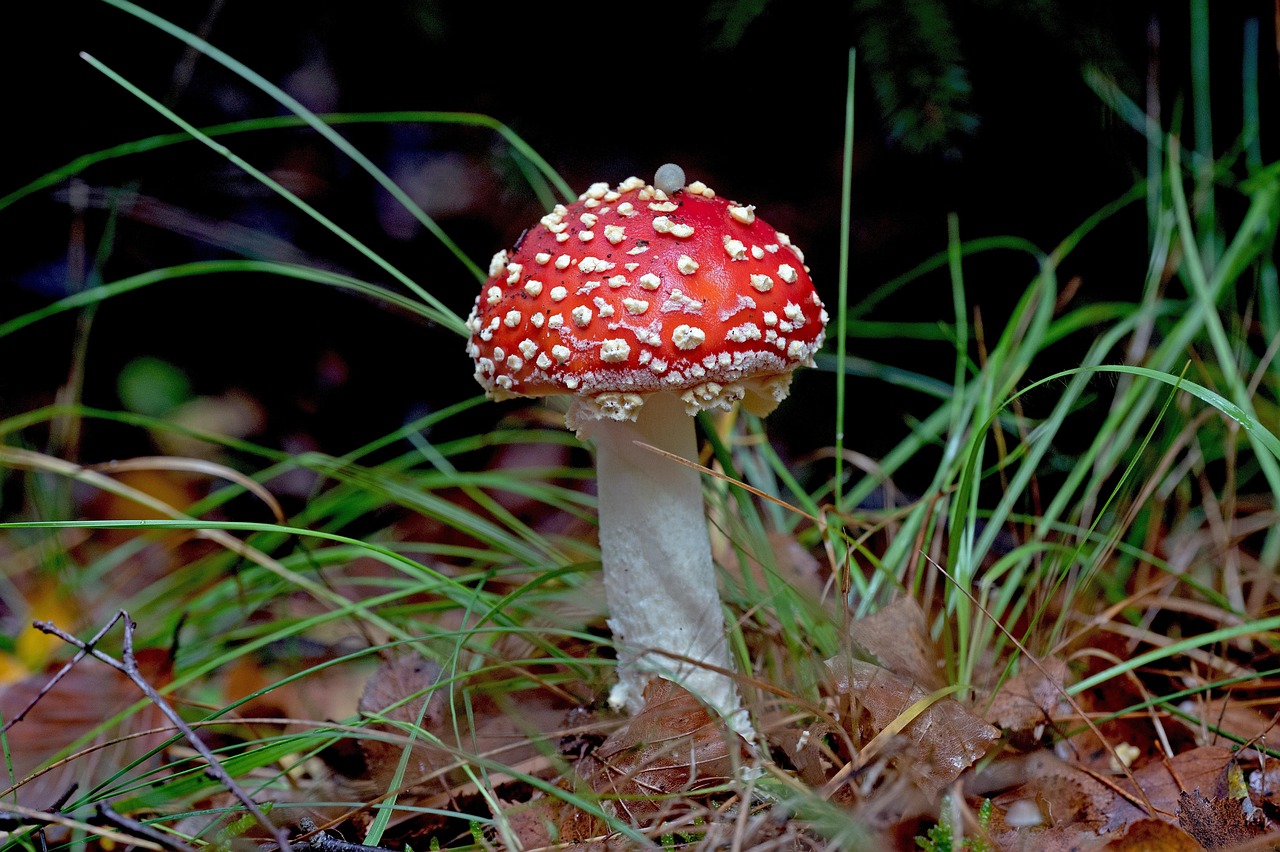
Common Lookalikes and Poisonous Mushrooms Species
Around the world, mushrooms can be found in a variety of environments, from green fields to deep woods. They are amazing creatures. While many poisonous mushrooms are edible and valued for their unique flavors and nutritional content, certain species pose serious threats to foragers because they are similar to dangerous varieties. Because some poisonous mushrooms can look just like common edible types of mushrooms in terms of color, shape, and size, misidentification is a common risk.
These dangerous lookalikes can cause serious disease, organ failure, or even death if consumed. Understanding to correctly identify species and exercising caution when collecting mushrooms in the field are crucial skills for mushroom lovers and foragers.
Why Mushroom Identification Is Tricky?
The appearance of mushrooms can vary greatly, with many deadly and edible species having similar sizes, colors, forms, and growing conditions. The appearance of a mushroom can also change due to factors like habitat, weather, and maturity stages, making identification even more difficult. Certain poisonous mushrooms closely mimic the traits of desirable food types, posing a threat to the unwary forager involved.
Liver failure or severe gastrointestinal issues can result from it. For this reason, everyone interested in mushroom hunting must practice careful foraging, identify mushrooms precisely, and rely on professional guidance.
Poisonous Mushroom Look Alikes
Many poisonous mushrooms could seem to be edible, however the following are the most common ones that confuse mushroom hunters:
1. Destroying Angel Mushroom Look Alikes
Among the most poisonous fungi are destructive angel mushrooms, which are sometimes confused with edible ones because of their similar appearance. Identification is difficult because these lethal mushrooms are primarily white or pale and could resemble harmless types like button mushrooms or meadow mushrooms.
2. Jack-O’-Lantern Look Alikes
Bright orange in color, jack-o’-lanterns usually grow in clusters on decaying wood and, because of bioluminescence, often give off a mild greenish glow in low light. Their gills are pointed and tightly spaced beneath their flat crown.
True chanterelles, on the other hand, have a golden to yellow color and usually grow on the forest floor next to trees, either alone or in small groups. Their distinctive funnel-shaped crown has folds or ridges running down the stem.
3. Fool’s Mushroom
It is known as The Fool’s Mushroom for a reason. It has sometimes been confused with honey fungus, but they are not the same thing. The Fool’s mushroom is an Amanita species that grows on its own, to begin with. In contrast, Honey Fungus usually develops in clusters of mushrooms that range in color from honey to dark brown.
4. False Morels
In the United States, false morels can be found in about a dozen species. False morels bear fruit in the summer and fall, as well as in the spring when morels do. Despite the fact that individuals occasionally mix the two, they are very distinct. Instead of having a honeycomb top, false morels have saddle-, wrinkled, or brain-shaped tops. Additionally, false morels have a material inside their stems that resembles a cotton ball when cut lengthwise from the top down the middle.
Importance of Correct Identification
From breaking down organic materials to developing symbiotic connections with plants, mushrooms are essential to our ecosystems. Some have strong medicinal qualities, while others provide culinary delights. Despite these wonders, some species are poisonous or even lethal if eaten. Maintaining accurate identification is important for safety and conservation of the environment.
- Safety: For the safety of everyone who might eat mushrooms, proper identification is essential. Mistakes can cause disease or even death. Accurate identification also promotes responsible engagement with the ecosystem and helps enthusiasts and foragers avoid dangerous species.
- Learning & Fun: The world of mushrooms offers countless chances for exploration and education. Accurate identification improves knowledge and adds enjoyment to foraging. For many, finding and identifying new species turns into a rewarding pastime or passion.
- Ecological Balance: An essential component of preserving environmental balance is the presence of mushrooms. By breaking down organic matter, they aid in the soil’s nutrient recycling. Additionally, some animals develop mutualistic interactions with trees, helping them absorb nutrients. Understanding which species of mushrooms exist can aid in comprehending their unique ecological roles and importance.
Famous Poisonous Mushrooms to Avoid
When foraging, it’s important to identify and avoid several mushrooms that are known to be extremely hazardous. These are a few of the most well-known species:
- Death Cap (Amanita phalloides): Amatoxins found in mushrooms induce severe liver and renal failure and are responsible for the majority of mushroom-related deaths worldwide.
- False Morel (Gyromitra esculenta): Contains gyromitrin, a toxin that can result in seizures, liver failure, and death, although it looks like delicious morels.
- Deadly Galerina (Galerina marginata): The same lethal chemicals found in the Death Cap are found in this little, brown fungus that grows on decaying wood.
Conclusion
Foragers must approach mushrooms carefully and with understanding, despite the fact that they are fascinating and ecologically valuable species. Poisonous species can closely resemble edible ones, posing major health hazards, even though many edible types of mushrooms offer amazing flavors and nutritional benefits. Because misidentifying a hazardous mushroom can cause serious sickness or even death, it is crucial for fans to acquire trustworthy identification methods and refer to knowledgeable sources.
Ethical foraging not only protects individuals but also preserves natural balance by protecting vulnerable species and their habitats. Anyone who wants to gain more information about the ecology, identification, and safe foraging methods of mushrooms should visit Mushroom Wiki.
FAQs
Q1. What is the most popular poisonous mushroom?
Deathcap (Amanita phalloides)
The most deadly mushrooms on the planet are death cap mushrooms. Alpha-amanitin, found in it, damages the kidneys and liver. The most lethal fungus on Earth is found in England. Most of the deadly mushroom poisonings that occur globally are caused by deathcap.
Q2. What is the most common edible mushroom?
White button mushrooms
One of the most widely grown types of mushroom in the United States and around the world. Table mushrooms or champignons are common names for them.
Q3. How to avoid death caps?
Before cutting the lawn, remove the mushrooms to stop local spread. Avoid watering your grass until absolutely required in order to preserve water and prevent death caps from fruiting too soon.
Q4. How to identify if something is poisonous?
Smell it
A musty or rotting smell, as well as a strong, disagreeable smell, are warning signs. Watch out for smells that are similar to those of pear or almond, as these could indicate the presence of cyanide. For eight hours, place a portion of the plant on your inner elbow or wrist to check for contact poisoning.
Q5. What is the most expensive mushroom?
In the Himalayas, gucchi, often called morels, are the priciest fungus.They are extremely valuable for their earthy, nutty flavor and unique honeycomb texture. They are expensive because they are scarce and require a labor-intensive process to harvest from the wild.





